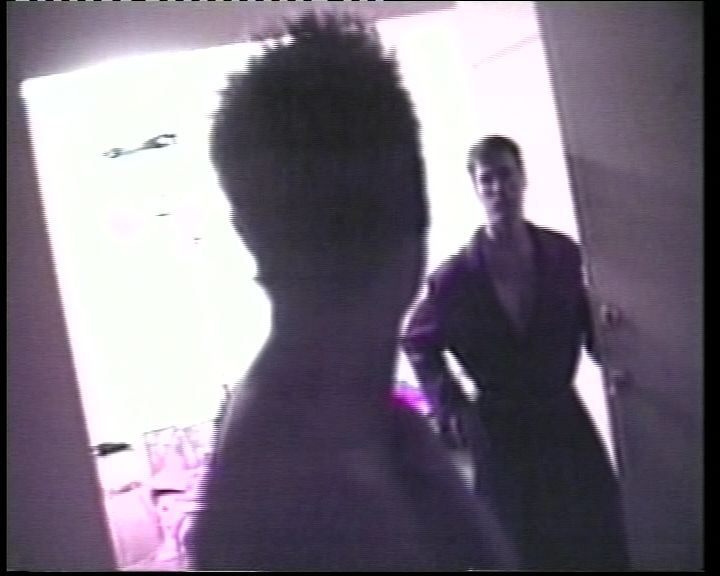Julie Zando
In her videos, centered on elaborate and expressive staging, Julie Zando dedicates herself to narrative forms bound to an attentive psychoanalytical interpretation of the private sphere and to a study of female relationships.
Through an analysis of social dynamics of different forms of relationships among lovers, friends, mothers, and daughters, she has explored scenarios of subjectivity and sexuality in multiform expressions of obsession, dependence, manipulation, submission, exhibitionism, voyeurism, masochism, and victimization.
Enthralling, at times almost crude and possessing an immediate force, Zando’s video works are characterized by their ability to unite psychoanalytical theory with performance, though never renouncing the use of narrative structures, which help to show how different phenomena, such as the many forms of emotion and love, are often used as a means of blackmail, exploitation, or psychological control. Combining narrative dramatizations and documentary descriptive forms, over the years the artist has developed a novel approach to interpreting the complex interactions among narration, psychological description, and technological mediation. [F.B.]
List of Works
Let’s Play Prisoners, 1988
video, black and white, sound, 22 min.
Purchased with the contribution of the Compagnia di San Paolo
The video presents two versions of a short story in which a young girl manipulates and abuses a girlfriend. In one version, the author of the story and the artist take on the roles of the girls. In the other version, a young girl re-tells the story following the suggestions of her mother. In Zando’s reconstruction, the underlying dynamic that characterizes relationships of dominance and submission between persons of the same sex is the explicit focus.
The A Ha! Experience, 1988
video, color, sound, 4 min. 32 sec.
Purchased with the contribution of the Compagnia di San Paolo
A young woman, returning from a rendezvous, becomes unsettled as she sees in the mirror the vision of her mother in her bed.
The imagined presence of her mother’s body profoundly obsesses and haunts the girl’s sexual desire to the point of conditioning her behavior. With a style that alternates slowed images and overlappings, the artist creates an oneiric flow in which she investigates the psychoanalytical, social, and personal dynamics of intimate relationships.
The Bus Stops Here, 1990
video, black and white, color, sound, 27 min.
Purchased with the contribution of the Compagnia di San Paolo
Ana, a writer, develops her own sexual and psychological identity by means of the novel she is writing. Her sister, chronically depressed, progressively loses autonomy and power, gradually withdrawing into silence. The manuscript of the novel, which Ana hides, tells the story of her desires.


